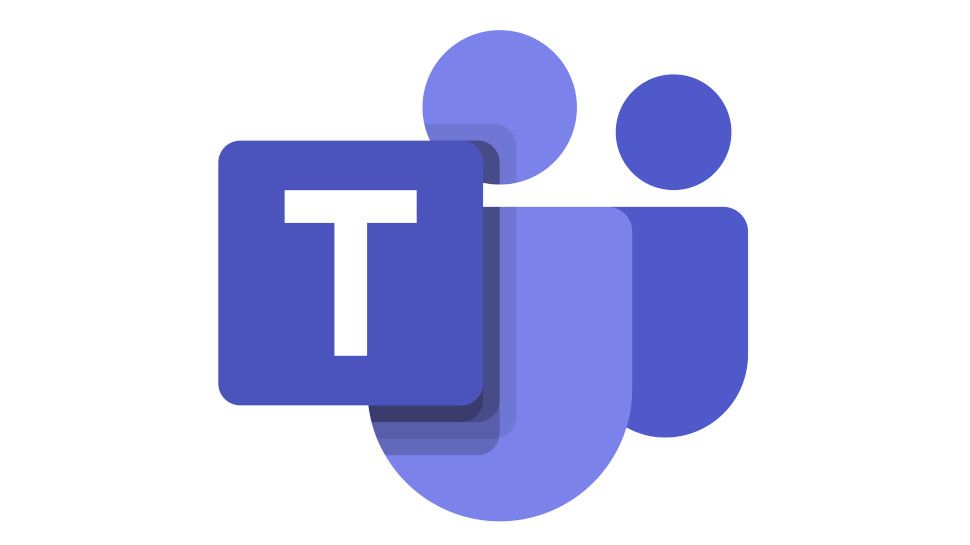
Microsoft Teams is working on an update that will extend one of its most useful features to a wider pool of users.
According to a new entry in the Microsoft 365 product roadmap, guest users will soon gain access to the live captions feature for Microsoft Teams on desktop, a facility currently available to registered users only.
The roadmap suggests the update for the collaboration platform is still under development, but should take effect for all users by the end of April. TechRadar Pro has asked Microsoft whether users can expect the change to be extended to the mobile client in future.
Microsoft Teams live captions
Introduced soon after the widespread shift to remote working as a result of the pandemic, the Microsoft Teams live captions feature is designed to ensure that all video meeting participants can follow the thread of conversation effectively. That includes anyone with hearing impairments or whose command of the language spoken in the meeting is imperfect, but also anyone with a poor connection or working in a noisy environment.
Until now, the live captions feature has been gated behind a registration wall. In other words, if someone was joining a meeting as a guest via a link provided by the host, they would have to make do without the accessibility feature.
Multiple queries from IT administrators in the Microsoft help forum suggest this is a problem a number of businesses have encountered. Strangely, responses from advisors suggest there may be a workaround that involves meddling with settings in the Admin Center, but the reliability of this method is unclear.
With the upcoming update, however, Microsoft will make it far simpler for guests to access the live captions feature in Microsoft Teams meetings, without the administrator of the host domain having to wade through the advanced settings.
The update is the latest in a long line of improvements delivered by Microsoft in an effort to establish Teams as the go-to platform for workplace collaboration, in the face of increasingly fierce competition from the likes of Zoom and Slack.
In recent months, for example, Microsoft has announced new integrations between Teams and Office, chat filters designed to help users focused on the task at hand, and optimizations that reduce the platform’s power consumption.
